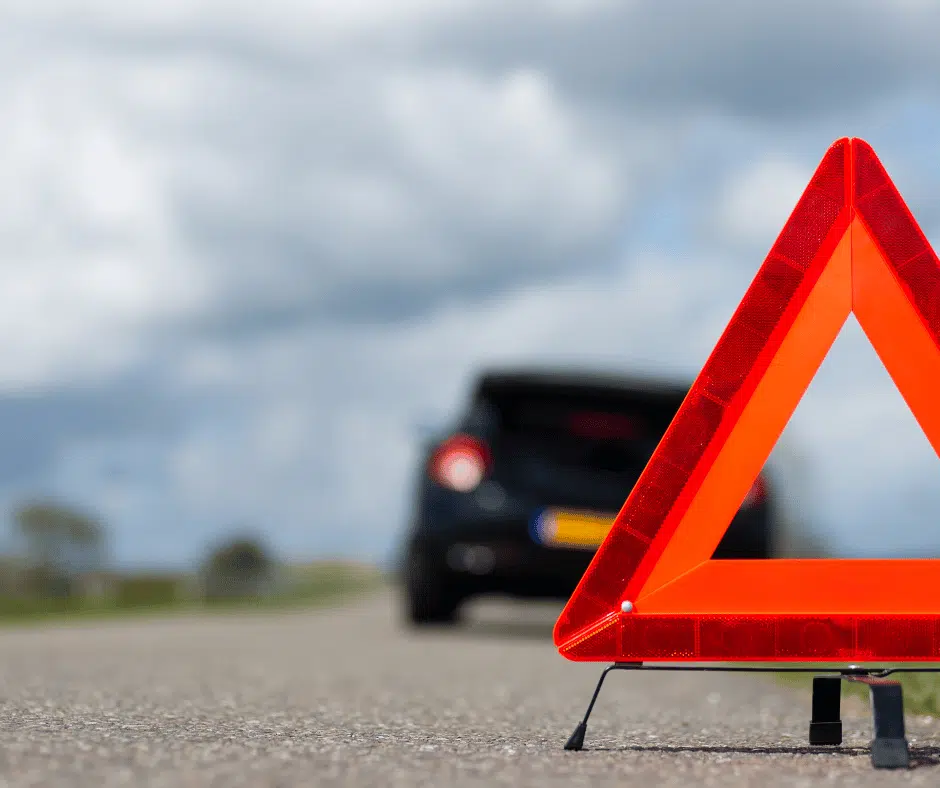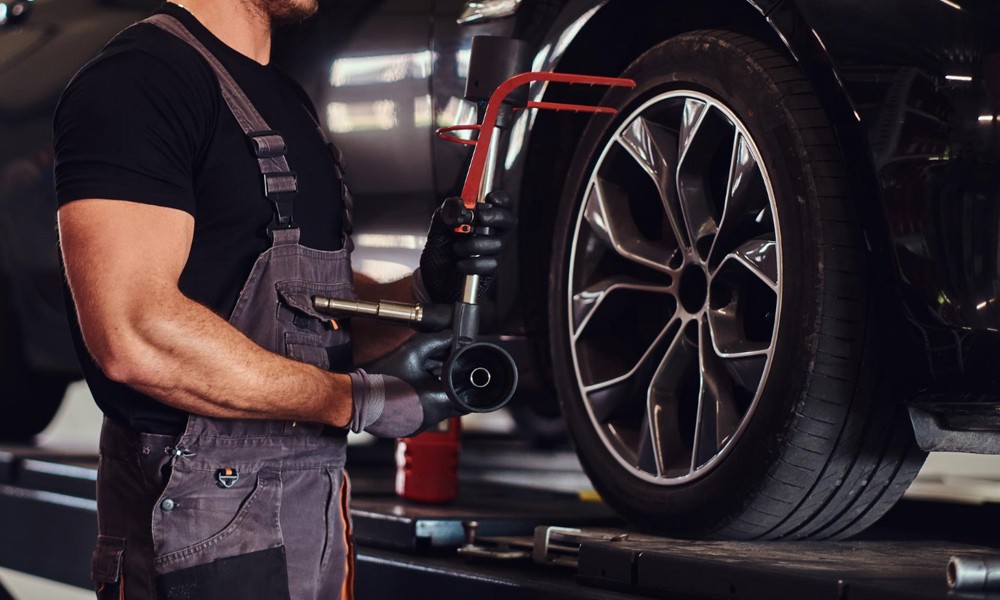The Hidden World of Roadside Rescue: What Every Driver Should Know About Towing

The Evolution of Roadside Assistance
Towing services have become an essential lifeline for motorists across Singapore’s bustling roadways, yet few understand the complex infrastructure that makes this critical service possible. The contemporary towing industry represents the culmination of decades of evolution, from simple manual recovery operations to sophisticated emergency response systems that operate around the clock. When we examine the historical context, we find that what began as makeshift solutions for stranded vehicles has transformed into a professional industry with specialised equipment and trained personnel.
“In Singapore, our towing professionals undergo rigorous training that covers not just mechanical aspects but also safety protocols and customer service,” notes the Land Transport Authority’s latest industry guidelines.
The development of this sector mirrors Singapore’s own transformation—a meticulously planned progression from basic infrastructure to technological sophistication that prioritises efficiency and safety.
The Invisible Economics of Vehicle Recovery
Behind every towing operation lies a complex economic ecosystem rarely considered by those who simply need assistance. The towing industry operates within tight margins and significant overhead costs that shape service delivery in profound ways.
The financial realities include:
-
Capital investment in specialised vehicles costing upwards of £150,000
-
Maintenance expenses that can exceed £15,000 annually per vehicle
-
Insurance premiums reflecting the high-risk nature of roadside operations
-
Fuel costs that continue to rise, particularly impacting a vehicle-intensive business
-
Training requirements that demand continual investment in personnel
These economic pressures create a tension between affordability and quality—a tension that reverberates through every aspect of service delivery. The Singapore Transport Ministry recently reported: “The towing industry faces unique challenges balancing operational costs with consumer expectations for both affordability and rapid response times.”
The Human Element: Beyond Mechanical Assistance
While the mechanical aspects of towing command attention, it is the human dimension that often determines the quality of service. Tow operators work in conditions that test both physical endurance and emotional resilience.
These professionals navigate Singapore’s congested roadways at all hours, facing hazardous weather conditions and the ever-present danger of passing traffic. They encounter motorists experiencing various levels of distress—from mild inconvenience to genuine emergency—and must adapt their approach accordingly.
“The most undervalued skill in our profession is psychological first aid,” explains a veteran Singapore towing coordinator. “Motorists experiencing breakdowns are often in vulnerable states, and how we manage that human interaction is as important as the technical recovery.”
Environmental Considerations in Modern Towing
The towing industry now confronts unprecedented environmental challenges that demand innovative solutions. The rise of electric vehicles has necessitated entirely new protocols and equipment, as these vehicles present unique risks during recovery operations. Battery isolation procedures, specialised equipment for damaged EV handling, and advanced training for operators represent substantial investments for forward-thinking towing operations.
“The electrification of Singapore’s vehicle fleet requires a complete rethinking of traditional towing approaches,” observes the Environment and Sustainability Commission in their industry guidance.
Simultaneously, towing companies themselves face mounting pressure to reduce their carbon footprint. The introduction of hybrid tow trucks, optimised route planning to minimise fuel consumption, and the gradual transition toward alternative fuels represent tentative steps toward sustainability in an industry historically characterised by significant emissions. These adaptations come not merely from regulatory pressure but increasingly from market demands as environmentally conscious consumers seek services aligned with their values.
Consumer Rights and Industry Standards
Understanding one’s rights when requiring towing assistance represents a critical knowledge gap for many motorists. Singapore’s consumer protection framework provides specific safeguards regarding towing practices, yet awareness remains limited.
Motorists should be aware of:
-
The right to receive a written estimate before work commences
-
Regulations governing maximum rates for specific services
-
Documentation requirements that protect both consumer and service provider
-
Complaint mechanisms when disputes arise
-
Storage fee limitations and vehicle release requirements
“The transparency requirements established in the 2023 Consumer Protection (Fair Trading) Act amendments provide substantial protections for motorists requiring towing assistance,” notes Singapore’s Consumer Association in their latest guidance.
Technological Transformation
The technological revolution reshaping our world has not bypassed the towing industry. Modern towing operations leverage sophisticated systems that enhance efficiency and safety.
GPS-integrated dispatch systems now optimise route planning and response times. Digital documentation streamlines the administrative process. Advanced recovery equipment allows for more precise and less damaging vehicle retrieval. Mobile applications connect motorists directly with service providers, reducing wait times and improving communication.
The integration of these technologies represents a sea change in how roadside assistance operates, yet it also introduces new complexities and potential vulnerabilities that merit consideration.
Preparing for the Inevitable
The prudent motorist recognises that vehicle breakdowns represent not a matter of if, but when. Preparation for this eventuality can significantly reduce the associated stress and disruption.
Maintaining current roadside assistance coverage, understanding insurance provisions related to towing, keeping emergency contact information readily accessible, and having basic knowledge of one’s vehicle specifications can transform a potential crisis into a manageable inconvenience.
Conclusion
The towing industry operates largely unseen until necessity brings it sharply into focus. Its evolution reflects broader societal patterns of technological advancement, economic pressures, and consumer expectations. For the thoughtful observer, this sector offers insights into how essential services adapt to changing circumstances while maintaining their fundamental purpose. When motorists educate themselves about their rights and responsibilities, they not only protect their interests but also contribute to the ongoing improvement of towing services.




